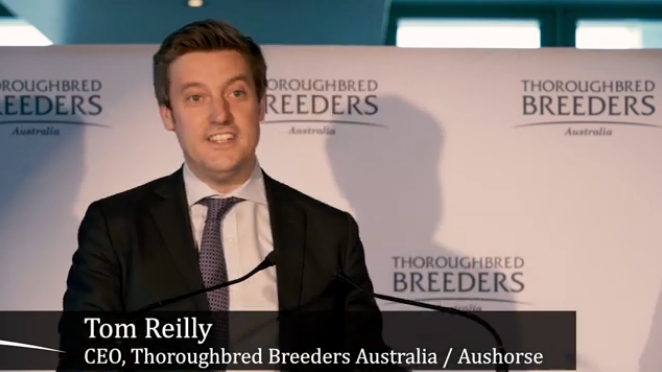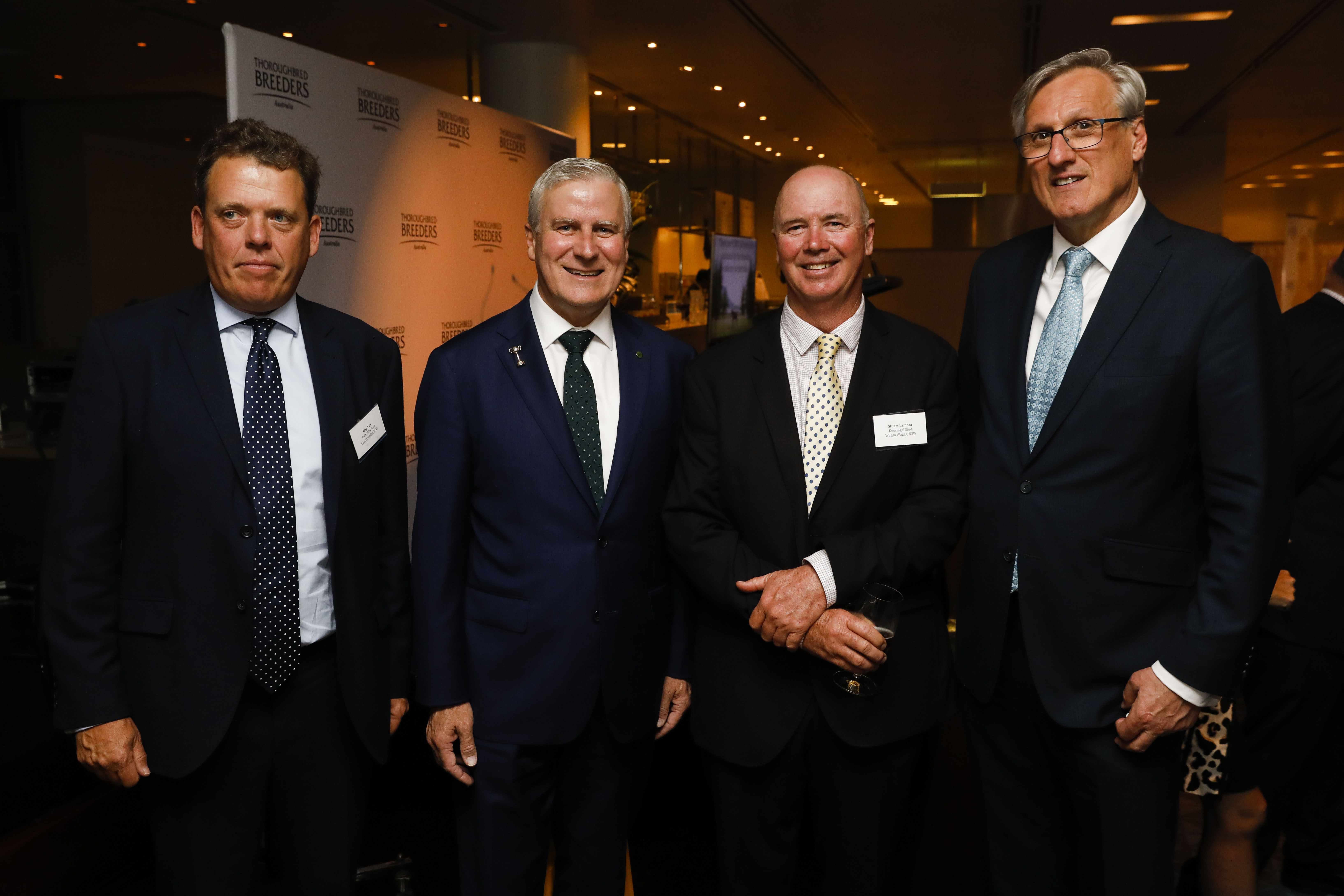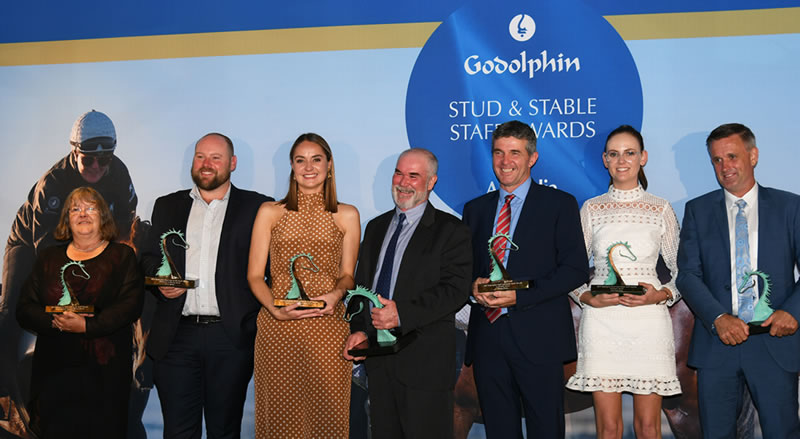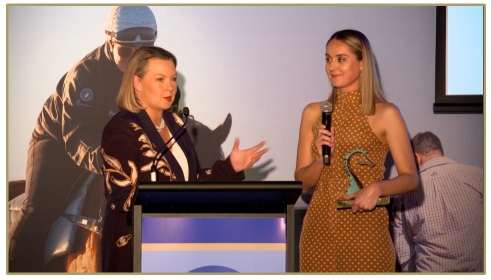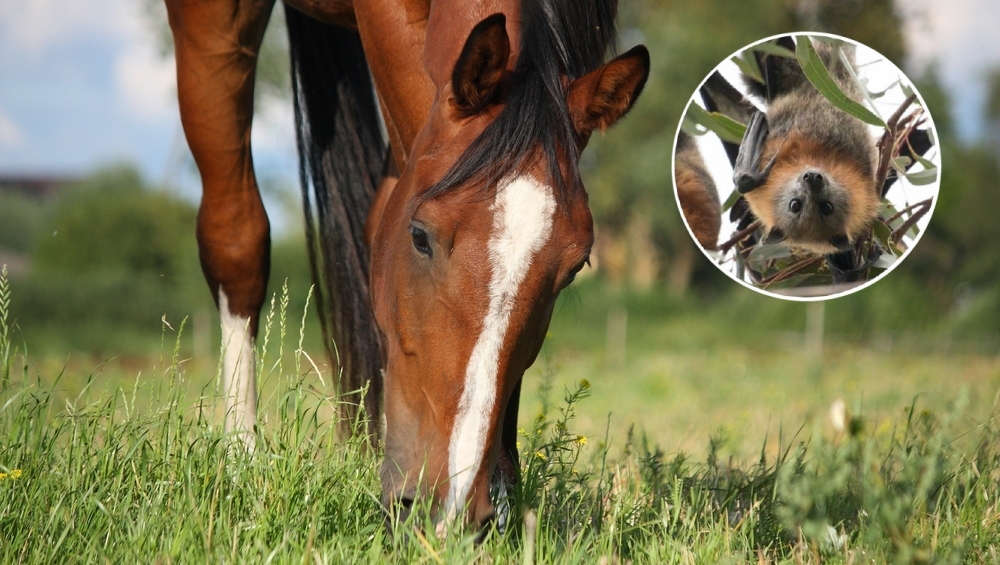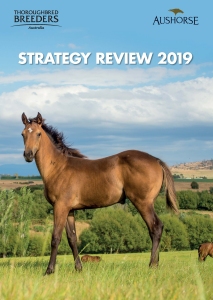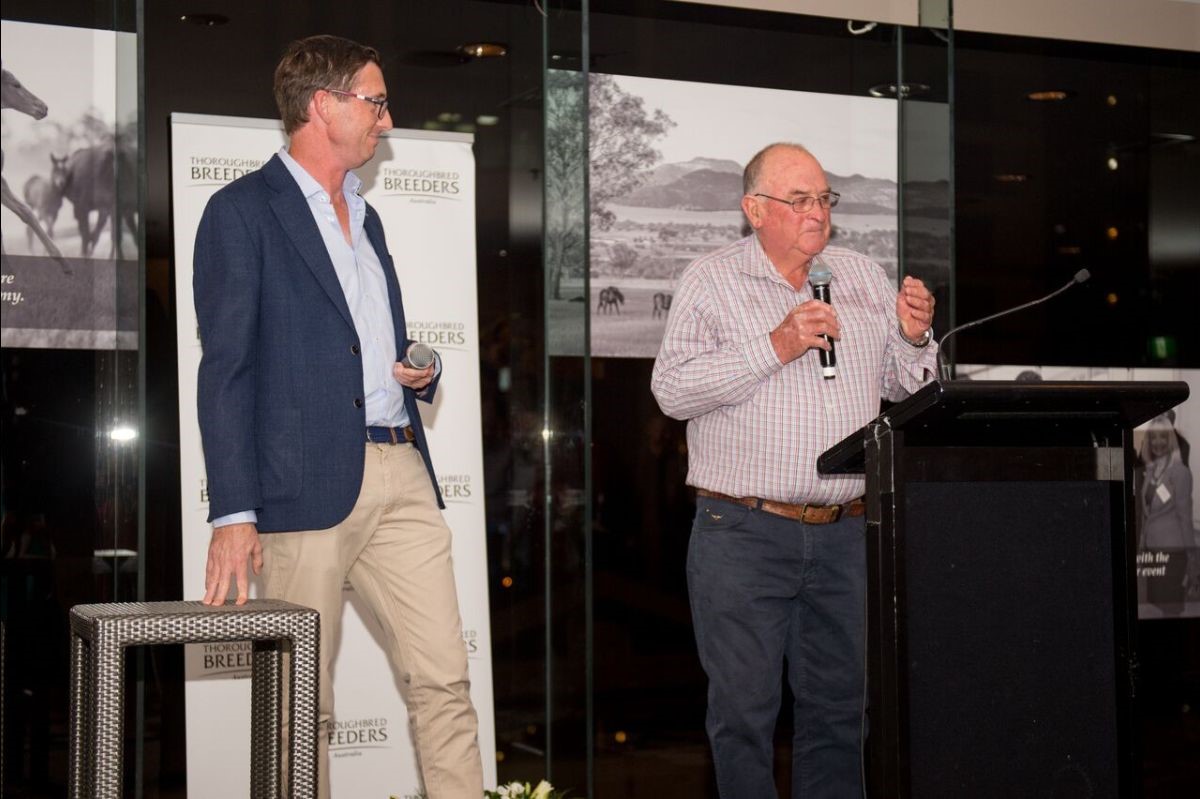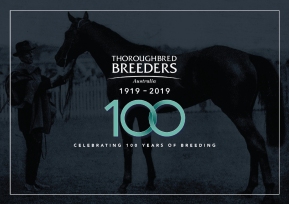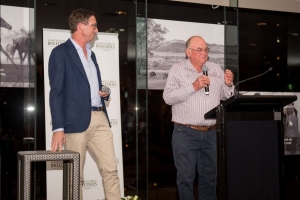Dear Breeder,
I am writing today to keep you updated with Thoroughbred Breeders Australia’s activities since the airing of the ABC 7.30 report into the mistreatment of thoroughbreds.
On Tuesday I met with Racing Australia chairman, Greg Nichols, and presented him with an eight-point plan that the TBA board had endorsed (see below).
These measures are not exhaustive and there will be many other good suggestions put forward. However they do, in our opinion, constitute a good start to tackling some of the issues we must respond to.
You will see that we believe establishing an independent task force is our first priority. This is consistent with what I wrote immediately after the program aired.
Read the Sydney Morning Herald article here.
There are no easy fixes in this welfare discussion, but having an independent task force will be the foundation of developing good policy. It goes without saying, that breeders must be widely consulted in any discussions.
Tuesday was the third face to face meeting we had had with Racing Australia and I am due to catch up with Greg and their chief executive, Barry O’Farrell, again tomorrow.
I have also held meetings or provided briefings to the following in the past week: the head of the Federal Department of Agriculture, the acting chief executive of the RSPCA, the chief executive of Animal Health Australia, senior advisors to the Federal Agriculture Minister, the Shadow Agriculture minister, most state Agriculture Ministers, and a number of state racing ministers.
Last Tuesday we also held an event in Canberra, with the Parliamentary Friends of Primary Producers. This is an annual event, but this year it provided us with an opportunity to tackle head on the issue of welfare. The Deputy Prime Minister, Michael McCormack spoke on the night, as did the Leader of the Opposition, Anthony Albanese, and the event was well attended.
Watch the video of the event here.
Evenings like this are valuable as we regularly need support from the Federal Government: for example, it would be impossible to develop a national traceability register for horses without their buy in.
The board of TBA believe the issues that have been raised need a national and collaborative response and we are determined to play our part in good policy outcomes.
I have already received a number of good suggestions from breeders with ideas to assist the industry and all are gratefully received. If you have one, please send it to member@tbaus.com
Thank you for your time and I look forward to your feedback.
Kind regards,
Tom
To hear Tom speaking on Talking Horses click here
To read Tom’s speech at the parliamentary event click here
TBA suggestions on Welfare issue
- Establish an industry welfare taskforce: This body needs to be chaired by an independent person of standing within the industry and make recommendations to Racing Australia and the wider industry. It must include welfare experts and senior veterinarians independent of the industry’s regulators.
- An independent audit and review of Racing Australia’s retirement data: Their data, which provides information on where a horse goes to upon retiring from racing, has been heavily criticised in the past week. While some reports have misrepresented or confused what these numbers represent, it is crucial that both the thoroughbred industry and wider public have confidence in their accuracy. As such, there must be an independent audit of the numbers and the collection and compliance with retirement forms.
- A review of the number of thoroughbreds going to livestock sales, abattoirs and meatworks: It is essential the thoroughbred industry understand the extent of the numbers as we deal with issues of horses leaving the racing or breeding industry. This will enable the thoroughbred industry to appropriately fund rehoming and retraining programs.
- TBA and RA to review patterns in the foal crop: The number of horses being bred has decreased by a quarter since the mid 2000s, but we need to better understand how supply meets demand. We also need to review the number of horses being bred that do not enter racing or return to breeding.
- Ensure the development of a national horse traceability register: We need to be able to follow our horses after they leave the racing or breeding industry. An industry working group needs to be established urgently to build on the political momentum for the register.
- Develop national standards and guidelines for horse welfare: At present horses are not part of the Animal Health Australia framework, unlike cattle or sheep. Developing this framework would encourage best practice, especially for horses that leave the racing and breeding industry.
- Start a full circle program for Australian thoroughbreds: This scheme, developed by the US Trotting Association allows people with an interest in a horse to put their name on a register so that if the animal is ever discovered to be in trouble, for example is offered at a livestock sale, the person or people on the register can be contacted. It does not oblige that person to take over responsibility for the horse, but is a way of enabling people to assist a horse they care about in times of trouble. Read more here http://lifeafterracing.ustrotting.com/full-circle.cfm
- Establishment of an organisation similar to Drinkwise: In 2005 the alcohol industry decided to collaborate – despite their fierce commercial competition – to form a body that could promote responsible drinking and also assist them with issues around perception. Such a body would be invaluable for the thoroughbred industry, especially if driven by participants. It would also be tasked with disseminating accurate and transparent information, even on challenging issues.
